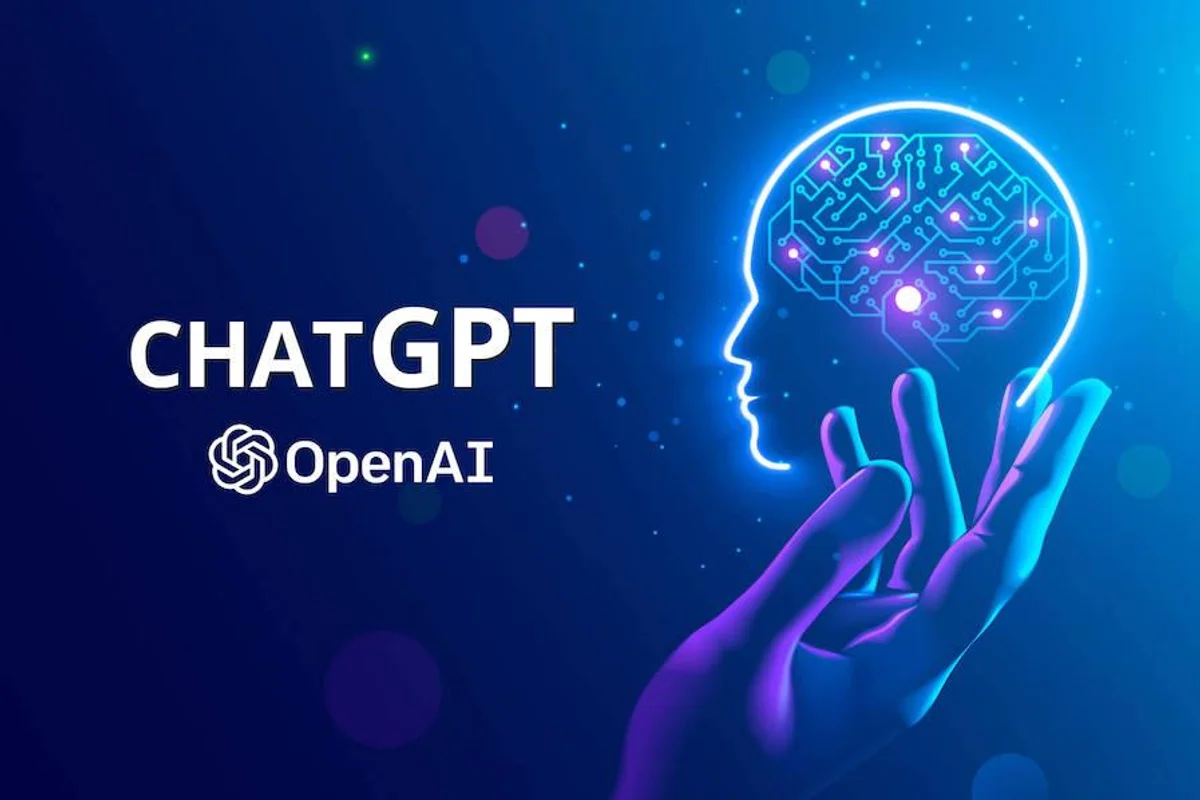OpenAI’s new chatbot GPT 4 is a notch above its predecessor, and now has better language processing capabilities. And its ethical filters are more firmly built in, so it won’t give you racist or sexist answers anymore.
It can also pass the bar exam, solve logic puzzles, and even recommend a recipe based on your fridge’s contents. But it’s not without its problems.
What is ChatGPT 4 and How Does it Work
ChatGPT 4 is a new artificial intelligence (AI) chatbot from OpenAI that’s able to understand natural language better than its predecessors. Using machine-learning techniques, it can decipher image and text inputs to generate human-like responses that help us with various projects.
The new chatbot was launched in November and instantly went viral with its ability to generate human-like responses to queries. Since then, it’s been used by major names such as Duolingo and GitHub Copilot to augment their existing products.
There are two ways to use ChatGPT 4. One is by requesting access to its GPT-4 API and integrating it into your software. The other way is by subscribing to ChatGPT Plus.
How ChatGPT 4 Can Be Used in a Business Setting
ChatGPT can be used in a variety of business settings, including customer service, content marketing, and software development. It can help automate a wide range of tasks, freeing up employees to focus on more complex work and improve productivity.
For example, it can create email sales campaign material or suggest answers to customer agents. It can also generate summaries of conversations, articles, emails, and web pages.
However, it is important to ensure that the information it provides is accurate and relevant. Otherwise, customers may feel that they are getting inaccurate answers.
Businesses should also be careful to ensure that any confidential information is not disclosed. This is especially important when integrating ChatGPT into their customer service systems. It can be a costly mistake to expose confidential data without proper security measures in place.
How ChatGPT 4 Can Help Boost Your Online Presence
One of the best ways to boost your online presence is by creating relevant content that resonates with your target audience. ChatGPT 4 can help you do this by leveraging its AI-powered tools to create engaging content that matches your unique brand voice and business goals.
It can also be used to research keywords and provide synonyms for root terms, which can help you build quality content that ranks high in search engine results pages (SERPs). This will increase website traffic and improve sales conversions over time.
ChatGPT can also be used for customer support tasks, including answering routine inquiries and helping customers navigate a website or mobile app. This can help lower costs and free up human agents to work on more complex and specialized tasks.
How to Get Started with ChatGPT 4
If you want to get started with ChatGPT 4, the first thing you need to do is to register for an account. You will need to fill out a form and provide your name, email address, and password.
Once you have registered, you will be able to log in to the site and start using it. The next step is to type in a question or request and hit the enter key.
The site will then process your request and reply with a response. Note that the responses may contain errors or inaccuracies, so make sure to check them out before you trust them.
Also Read: ChatGPT and Its Impact on Digital Marketing
Features of ChatGPT
ChatGPT is a generative dialogue system developed by Open AI. It uses supervised learning and reinforcement learning techniques to fine-tune its language model.
It is capable of answering questions, responding to prompts and responding to user-set rules. It can also answer follow-up questions, correct misstatements and reject inappropriate requests.
The model has been trained to respond to inquiries in a way that feels like a conversation, according to OpenAI. It can add levity and humor when requested, and use a formal tone for work-related interactions.
The downside to ChatGPT is that it’s only trained on a broad encyclopedia of information, so it’s not able to deal with recent world events or other specific topics. For example, when I asked it for tips on dealing with interest rate rises in Australia, it offered generic advice that did not touch upon the Australian context or government measures to assist people in mortgage stress.





